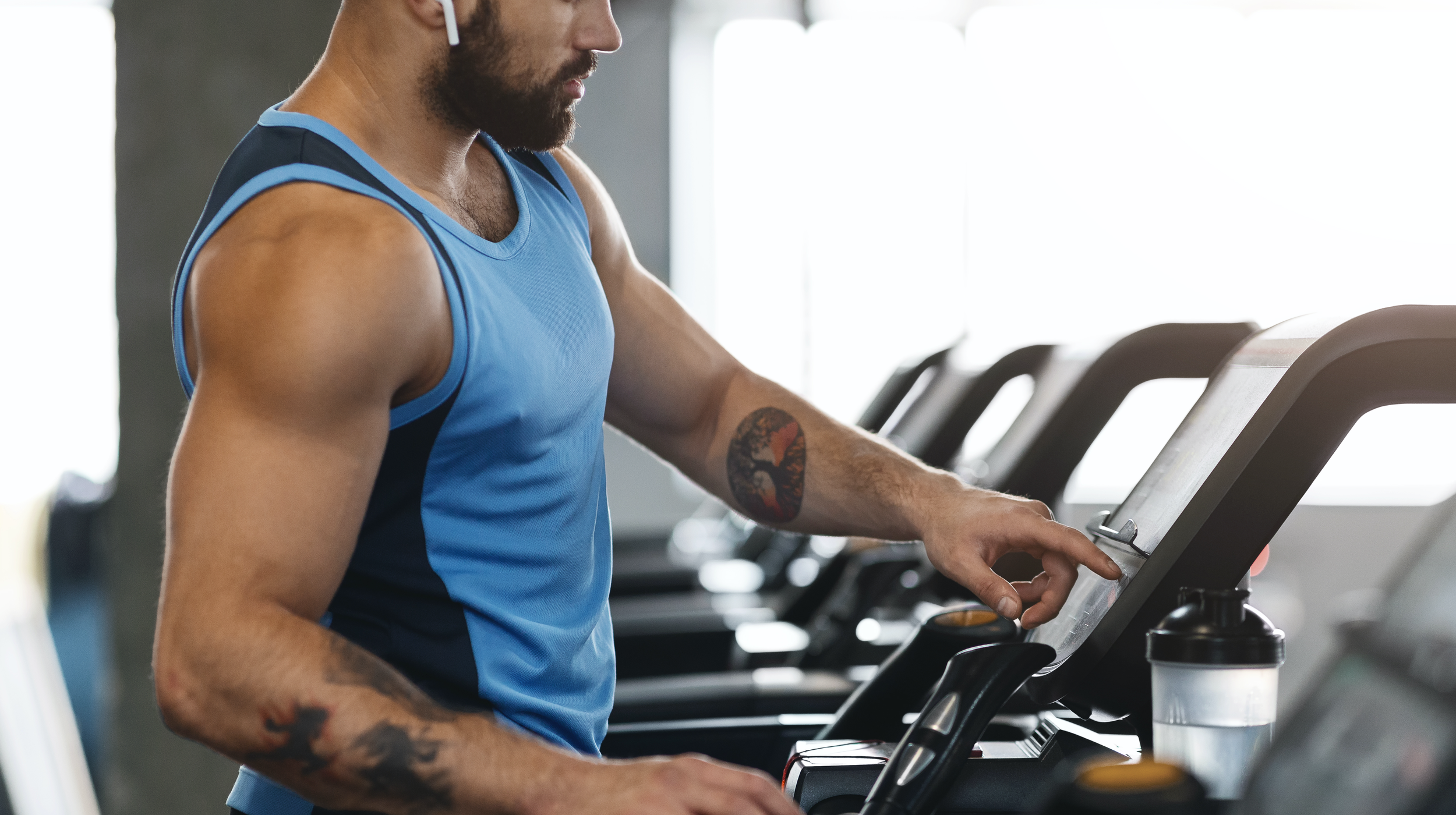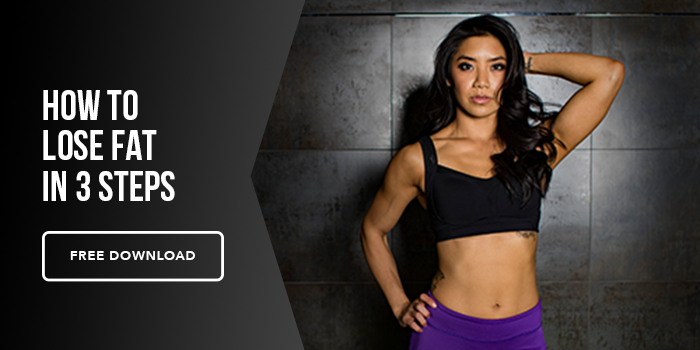I always find it interesting when we apply a certain set of rules to one facet of fitness, and not the other. For example, if you’ve been listening to Mind Pump, you know that it’s best to cycle through rep ranges, exercises, and intensities every couple months on a resistance training program. Why don’t people consider this for building their cardio endurance?
Whether you’re trying to lose fat fast, or improve your endurance capacity, when it comes to cardio, people seem to like to stick to whatever modality they started with.
The Science
So your next question might be - “well okay then Joe, how do we vary the workout?”. The short answer is by doing a mix of HIIT Intervals along with steady state cardio. But we need to understand what building your endurance means. After all, we know building muscle means applying a progressively heavier stimulus to force the muscle under stress requiring the need to adapt and grow stronger. We need to understand how you apply that towards aerobic capacity.
I won’t go too into detail but your cardiovascular performance is based on your heart rate, stroke volume (blood pumped into the heart), and heart contractility(force of the heart contraction). If you improve these markers, it means you’ve improved the blood flow and oxygen supply to your muscles (AKA improving your aerobic capacity). You can also increase the density of mitochondria in the body, so that you can create more oxygen.
Recap short and sweet: Just like with lifting, you need to provide a harder, and harder stimulus (but to the heart in this case), to force the heart to adapt and grow stronger.
Mix It Up
Ideally you want a mix of steady state cardio and HIIT cardio. Steady state will prioritize fat burning while you are doing the workout, whereas HIIT burns through carbohydrates (however, as your body adapts over the following weeks, it adapts to burning more fat). Let’s not also forget, HIIT training allows you to burn more calories after the workout which steady state does not.
As of right now it may sound like you should just do HIIT all the time, but the intensity level is pretty high and you won't be able to sustain it over the long run. Steady state cardio, because of its lower intensity, allows you to also burn fat, but not risk burning out too quickly. Also, most importantly, steady state does something that HIIT can’t - it increases your cardiac output (how much blood your heart can pump). In other words HIIT improves how much blood gets sent and utilized by the muscles, and steady state improves on how efficiently your heart can pump it out.
The Plan
80% of your time should be spent training in the steady state intensity, and 20% of your time should be spent doing HIIT. To keep it easy, start with 3 days of cardio - 2 at steady state (30 minutes), and 1 HIIT (15-20 minutes).
Use max HR formula of 220-age to find your general maximum heart rate.
- Subtract 220 from your age
- For steady state you want to be jogging at 70-80% of your max heart rate
- Once you have this number, that is your aerobic intensity you should be running your steady state sessions at. So for example I am 32 years old (220-32=188). 70-80% of 188 is 131-150bpm. This is the range I want my heart rate at.
I’d even go as far to say as keeping that as the TOP end of your steady state range. In other words DO NOT go higher than 150bpm (in my case). This is worth mentioning because I find so many people just want to go as hard as they can for their 30-40 minute jogs. But more isn’t better in this case. Your body will heal quicker, and thus receive more benefits staying 70-80% of your max effort (just like staying 1-2 reps shy of failure).
For the HIIT Intervals you are doing:
- 5 minute warmup at a steady pace (70-80%)
- Do a 20-30 second ALL out sprint (at 85-90% of your max HR. So for me that would be 159-169bpm).
- Come back to 70% heart rate pace (131-150bpm).
- Repeat 5-6 times
- Cool down for 5-10 minutes (let your heart rate come back down to below 100bpm).
Steady state and HIIT Modality Options: You can do sprints, spin bike, hill sprints, sled pushes, rowing machine etc. Whatever modality allows you to truly get an ALL out effort. Obviously with steady state, you may choose whatever form will get your heart rate to the appropriate range.
Progression
Steady state - while staying in that 70-80% HR zone, each week try to beat your mileage in the same 30 minute time frame for 4 weeks.
HIIT - start with 5 intervals, and add an interval each week for 4 weeks.
Deload along, with your resistance program, and either start over, or add another day of cardio.






